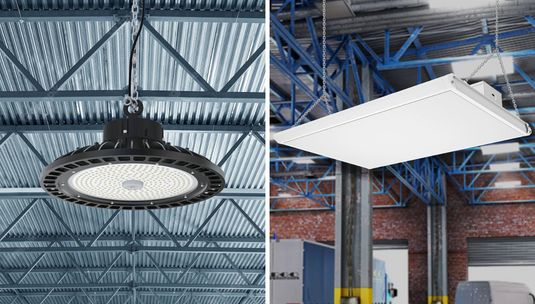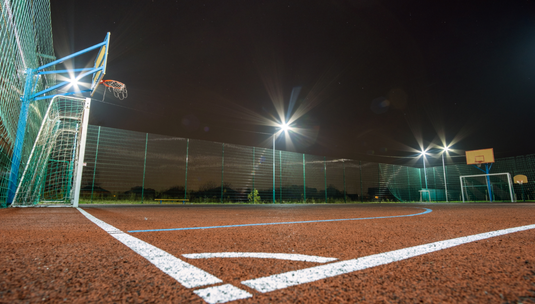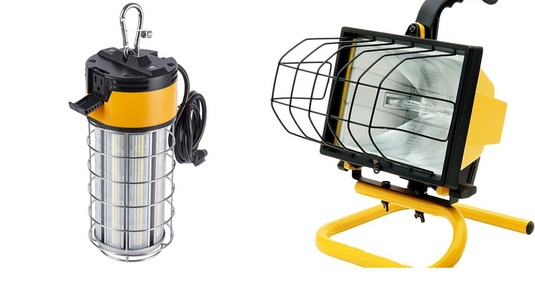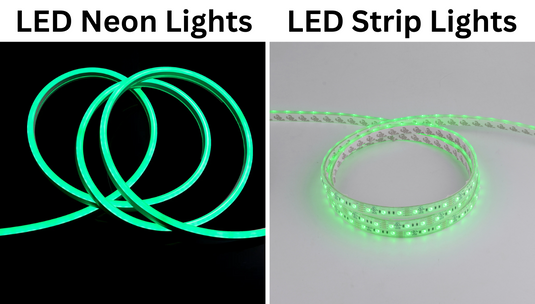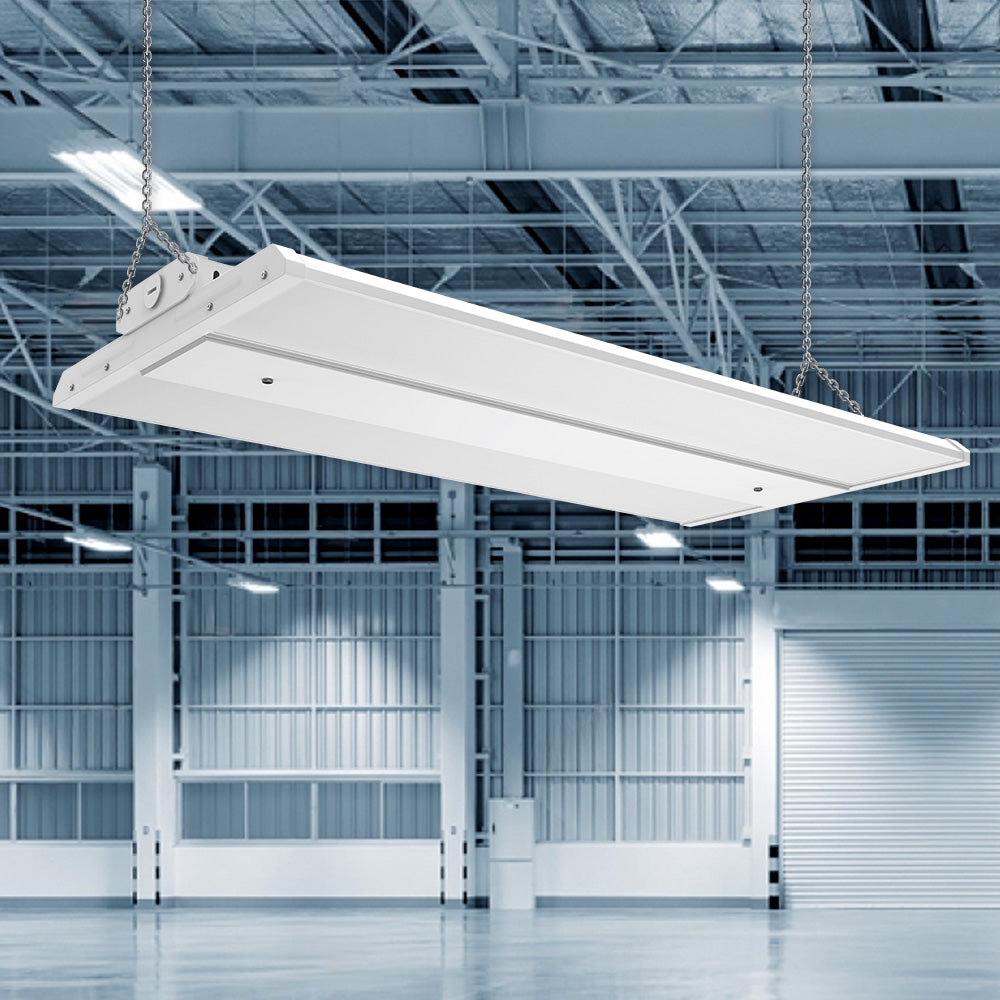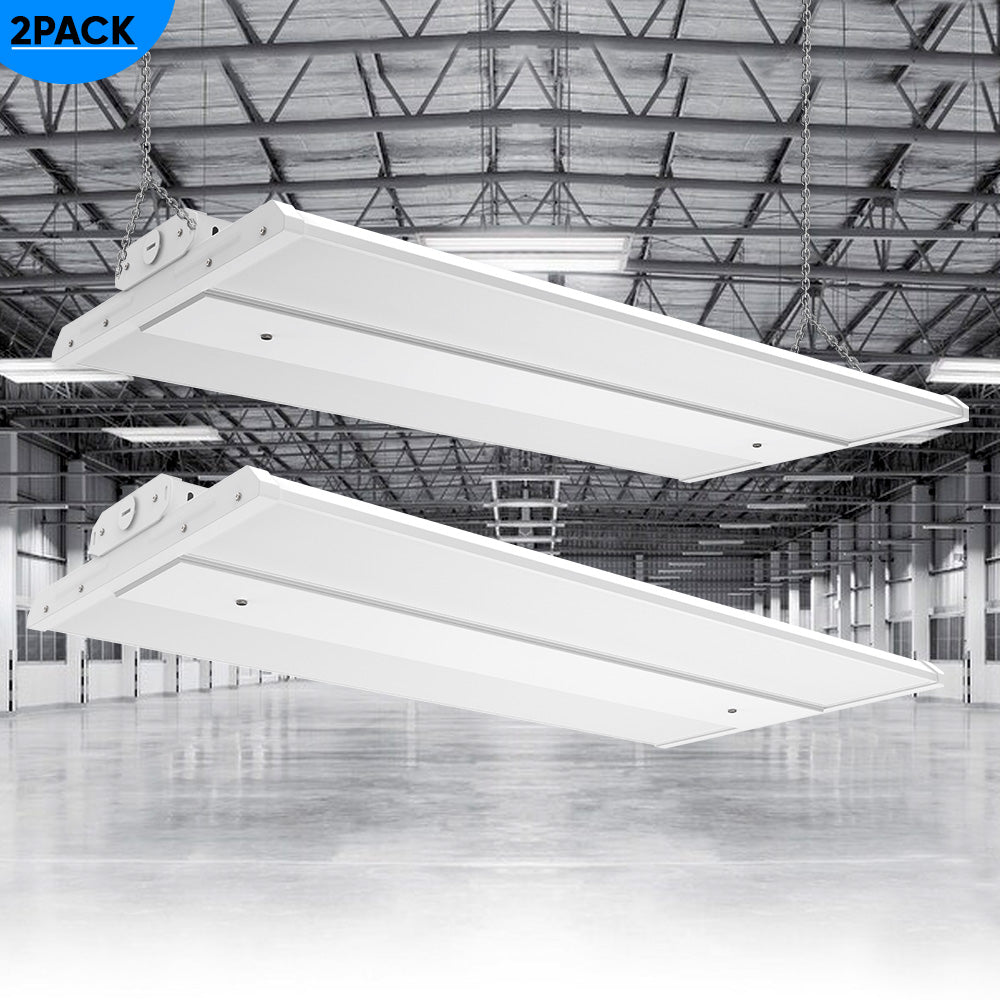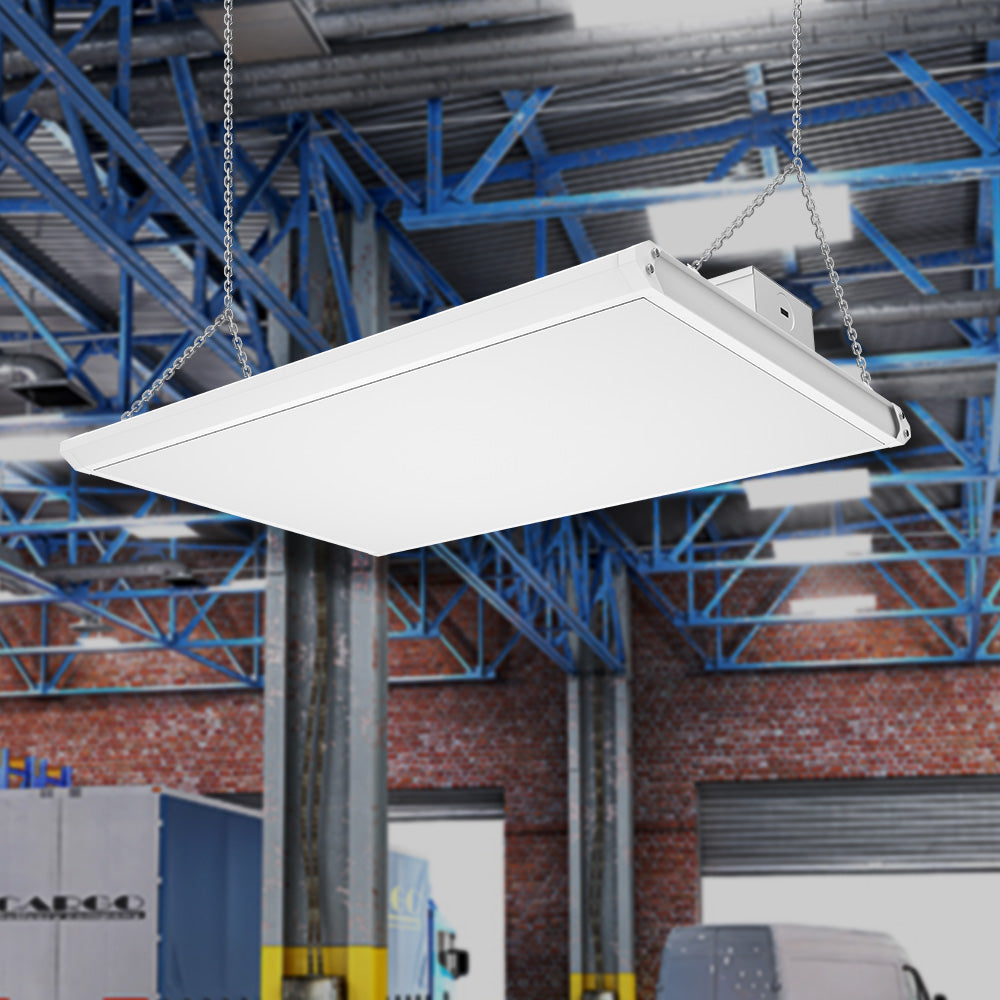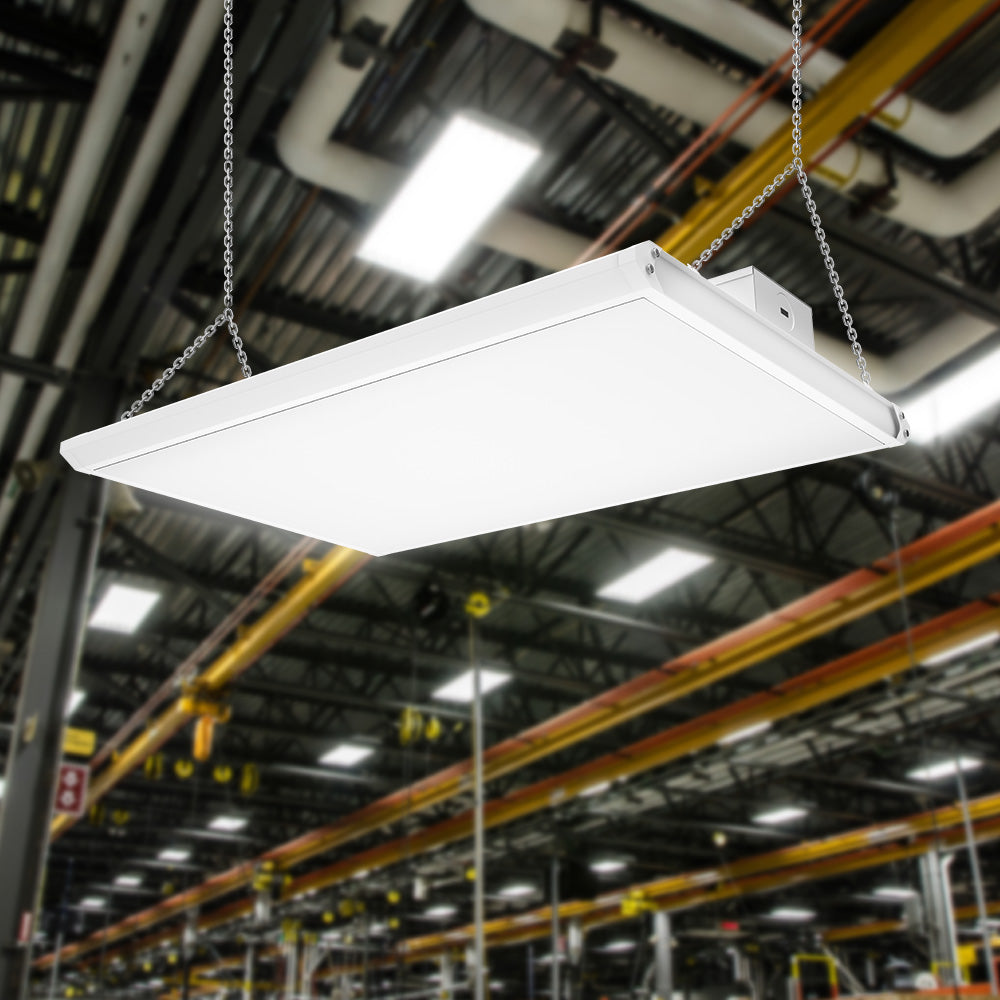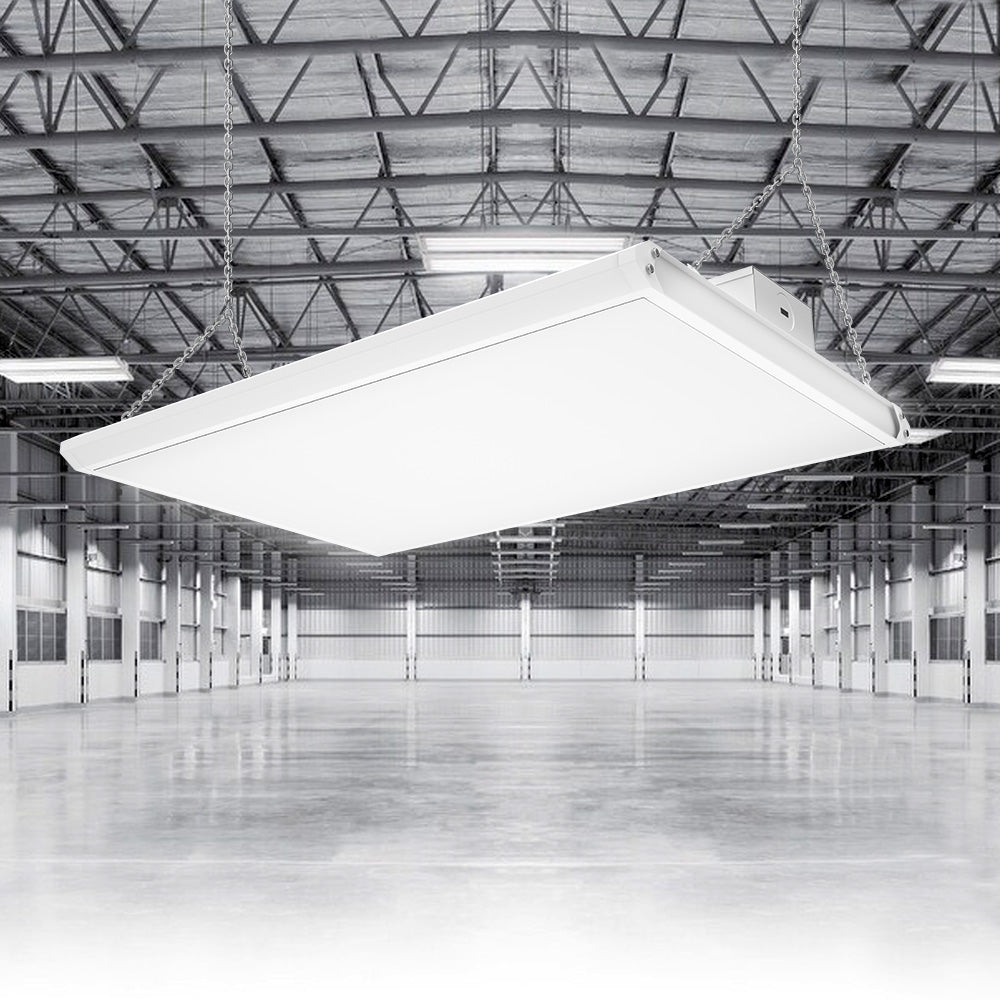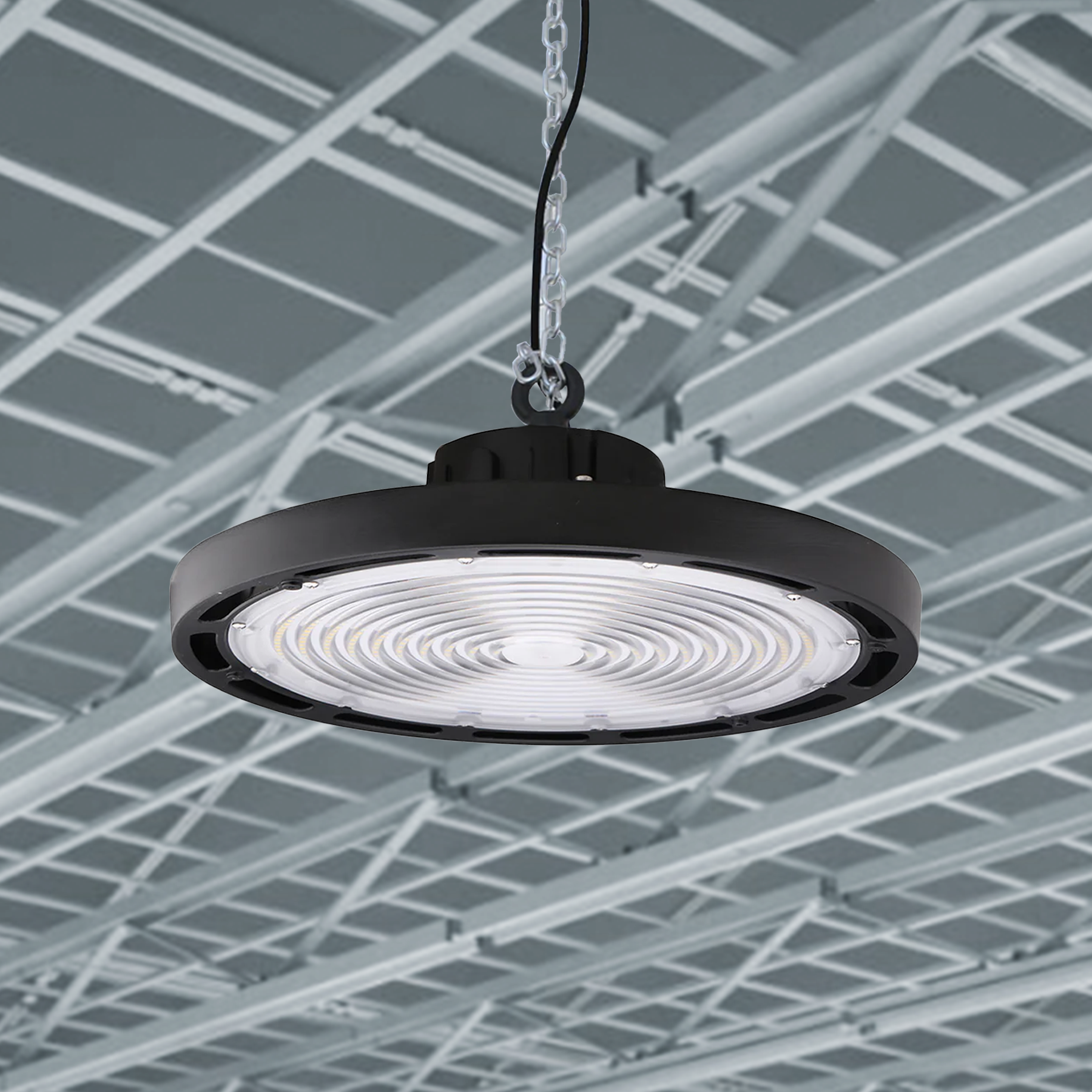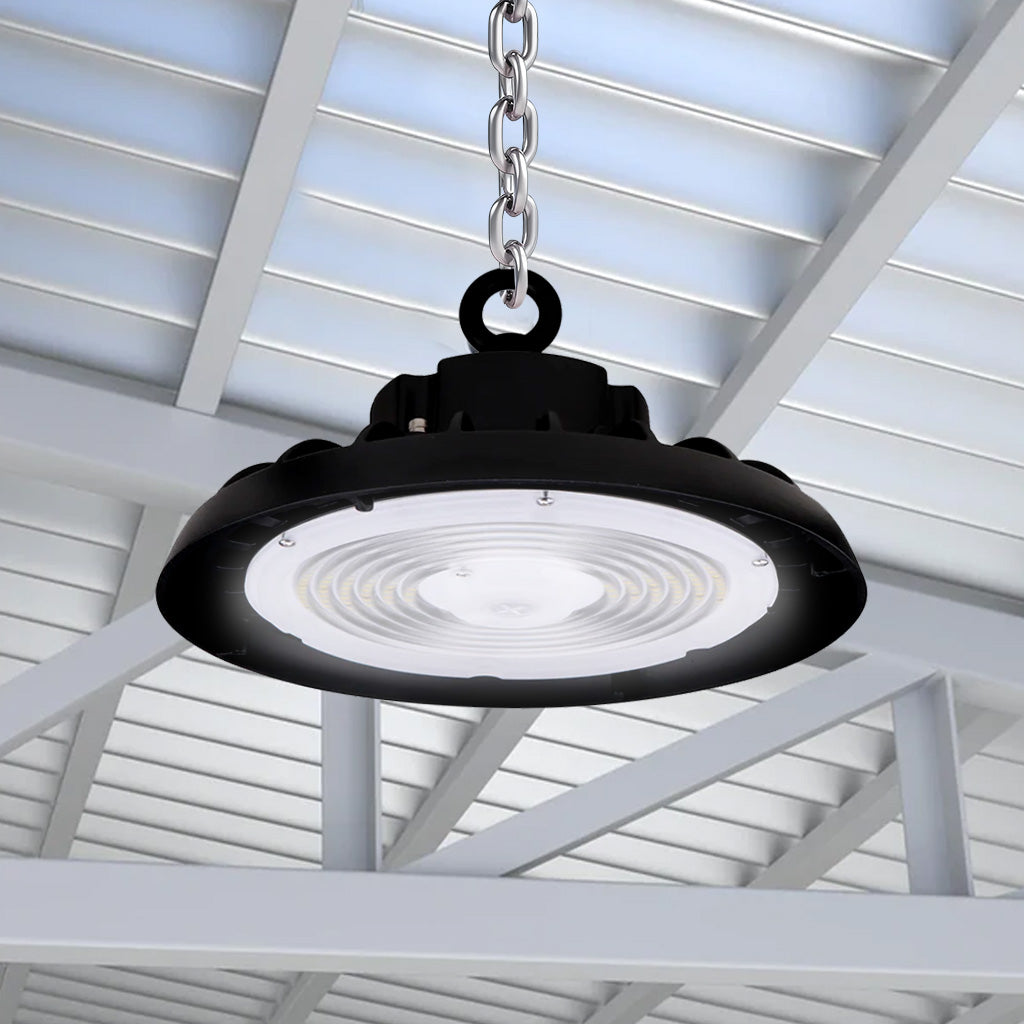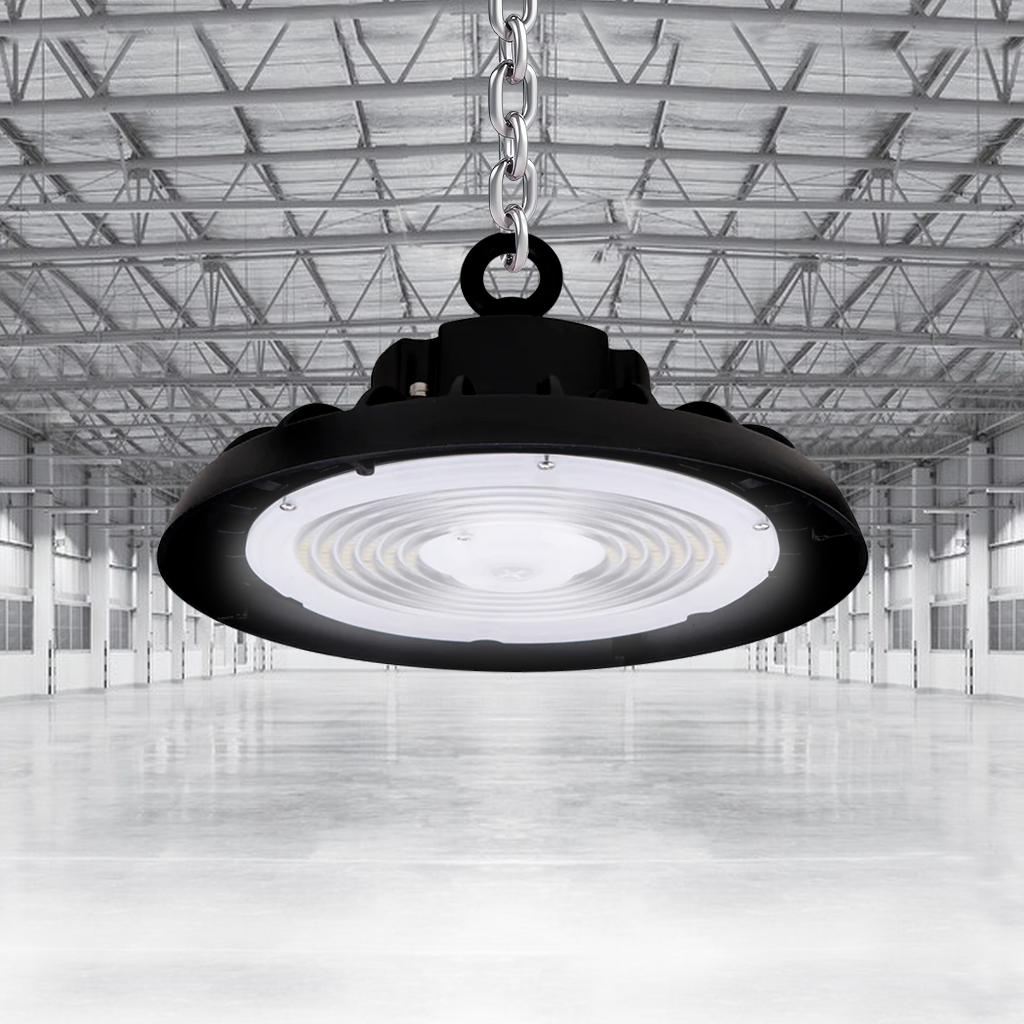Table of Contents
|
Introduction
When it comes to lighting up large indoor spaces with high ceilings, such as warehouses, gyms, or manufacturing facilities, high bay lights are the go-to choice. However, within the realm of high bay lighting, there are two main types to consider: round and linear. Understanding the differences between these two options can help you make an informed decision about which one is best suited for your space.
1. Round High Bay Lights:
Round high bay lights are characterized by their circular or dome-like shape. Here are some key features and applications:
Features:
- 360-degree light distribution: Round high bay lights emit light in all directions, providing uniform illumination across a wide area.
- Compact design: Their rounded shape often makes them easier to install in tight spaces or areas with limited ceiling height.
- Aesthetic appeal: They can offer a more visually pleasing look, especially in spaces where the light fixtures are visible from below.
Applications:
- General lighting: Round high bay lights are ideal for applications where uniform illumination across a large area is needed, such as warehouses, retail stores, or gymnasiums.
- Open spaces: They are well-suited for spaces with high ceilings and no specific layout requirements, providing even lighting throughout the area.
2. Linear High Bay Lights:
Linear high bay lights, as the name suggests, have a rectangular or elongated shape. Here's what you need to know about them:
Features:
- Directional lighting: Linear high bay lights emit light in a more focused manner, typically in a narrower beam angle, making them suitable for illuminating specific areas or aisles.
- Sleek design: Their linear shape offers a modern and streamlined appearance, which can complement contemporary architectural designs.
- Installation in rows: They are designed to be mounted in rows, making them ideal for applications where uniform lighting along aisles or workbenches is required.
Applications:
- Task lighting: Linear high bay lights are perfect for applications where focused illumination is needed, such as in warehouses with shelving or assembly lines.
- Aisles and corridors: Their directional lighting makes them suitable for lighting up aisles, corridors, or pathways within a larger space.
3. Frequently Asked Questions (FAQs):
Q: Which type of high bay light is more energy-efficient?
A: Both round and linear high bay lights can be energy-efficient, depending on factors such as the type of LED technology used and the lighting controls implemented.
Q: Are round high bay lights more expensive than linear ones?
A: The cost of high bay lights can vary based on factors such as brand, specifications, and quantity purchased. In general, both round and linear high bay lights are available at a range of price points to suit different budgets.
Conclusion:
Choosing between round and linear high bay lights ultimately depends on factors such as the layout of the space, the desired lighting distribution, and aesthetic preferences. By understanding the features and applications of each type, you can select the option that best meets your specific needs and requirements. Whether you opt for the omni-directional lighting of round high bay lights or the focused illumination of linear ones, both options offer efficient and effective lighting solutions for a variety of commercial and industrial settings.
 Call for Volume Discounts! Get Discounts on Bulk Volume Orders
Call for Volume Discounts! Get Discounts on Bulk Volume Orders 